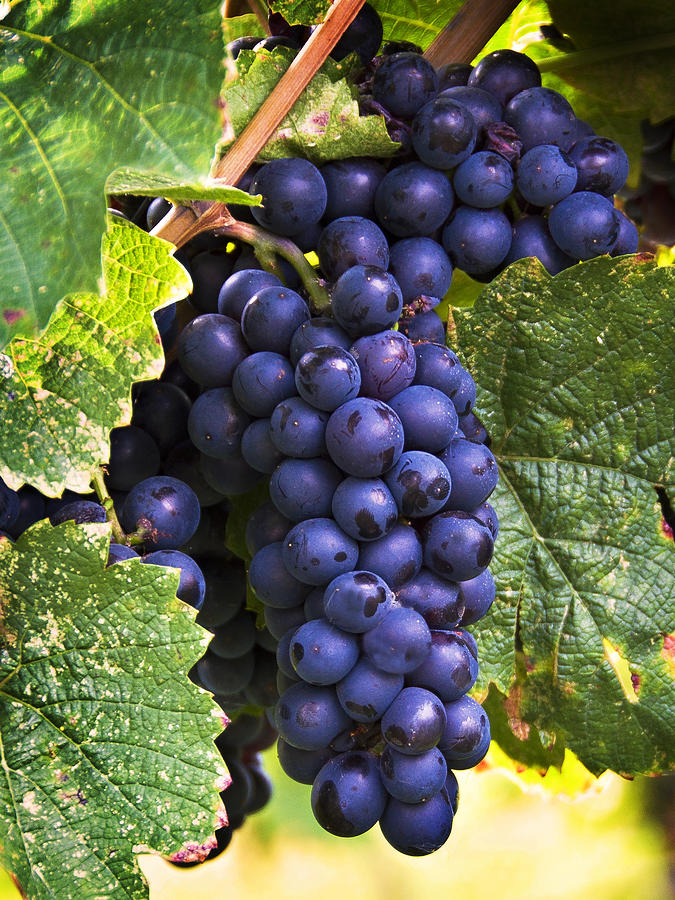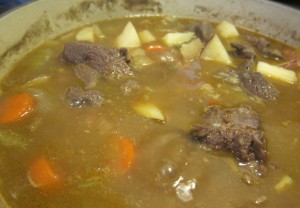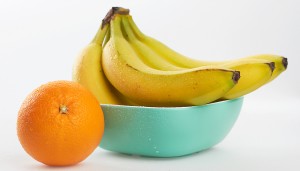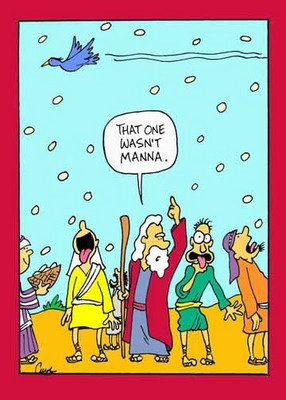From the Psalter:
Let my prayer be set forth in your sight as incense,
the lifting up of my hands as the evening sacrifice.
(From the Daily Office Lectionary – Psalm 141:2 (BCP Version) – July 4, 2014)
Today, we lifted up our hands for prayer in two important places: on Mt. Gerzim where the Hebrews confirmed their covenant with God by affirming the blessings and curses commanded by Moses, and at Jacob’s Well where Jesus talked with the Samaritan woman.
Today, is the Fourth of July! In this part of the world, it is remembered as the anniversary of the defeat of the Crusaders at the Horns of Hittim by Salah Eddin (“Saladin”) in 1187. There were fireworks last night and will be again tonight, but those are for Ramadan and will continue every night for the month. In any event, happy Fourth!
Our day began with an interesting drive to the top of Mt. Gerizim where most of the few remaining Samaritans (a community of 776 people at this time) now live. The drive was “interesting” in the sense of the old Chinese curse, “May you live in interesting times.” We drove through narrow, winding, climbing city streets; our driver Ismain’s skill in piloting this large travel coach is phenomenal. He takes it places where I would simply say “No,” and not take my Honda Pilot!
Part way up the mountain we found the road blocked by a double line of large stones across the pavement. Ismain, Keith, and Mark got off and kicked the stones out of the way, then Ismain was confronted by a mute who demanded money — he gave him a dollar bill (US currency is widely used here) and then the mute grabbed several pieces of candy from a basked Ismain keeps on the dash. Further up the road, we encountered a third row of stones — Mark and Keith moved those aside without further trouble.
Through a gate (and past an Israeli “settlement” — they are literally everywhere and in the most inappropriate locations) we entered a village of modern stone buildings. Not what I had expected the Samaritan town to be. My expectations were even further dashed when we parked, got off the bus, and walked to the Samaritan Museum. The door was locked, but an elderly man in a long grey gown and a red Fez-like hat quickly came and unliked the door. This turned out to be Priest Husney Cohen, one of the Samaritan priests and general manager of the museum. Inviting us to take a seat in the several chairs set up lecture-hall style, he began turning on flat-screen TVs, satellite receivers, and other high tech equipment, waving a universal remote control about like a magic wand! So much for my expectations of an “ancient religion”!
He was, nonetheless, a gracious and ingratiating informant about the Samaritan people and their religion. His brother (who is 80) is the current High Priest; Husney (who is 70) is next in line, and his sister’s husband would come after him. The High Priest is always the oldest male in his family. He told us that when he succeeds his brother, he will be the 164th High Priest in direct line of descent from Adam!
He showed us the ancient Hebrew Torah scroll maintained by the Samaritans, explained how their worship and beliefs differ from those of the Judeans (the Jews), and showed us other implements of their worship, including a huge canopy of fruits made by their women for the Feast of Sukkot (Tabernacles). He also explained how their understanding of the Hebrew language is slightly different from that of the Jews. “We,” he said, “are the real Israelites.” He made the claim (with some historical validity) that the Jews of the southern kingdom are the descendants of only two of the original twelve tribes of Israel, Judah and Benjamin, while the Samaritans are the descendants of the other ten tribes who broke from the kingship of the Davidic dynasty and created the northern kingdom (which called itself “Samaria”).
Following his presentation, I was able to chat with him about his life and family. I asked if he had children and it turns out he has two sons and three daughters. One of his daughters runs a nursery school, one is a pharmacist, and one works for Hewlitt-Packard. I asked if his sons would succeed him as priest and he said, “Oh, no! Because they are tall like me, they are professional basketball players.” That “ancient religious community” expectation was not only dashed, it was completely obliterated!
Bidding Priest Husney farewell, we made our way to almost the top of the mountain where there is an outlook over the valley toward Mount Ebol. This is the place on which Joshua and the Hebrews, following a commandment of Moses, performed the ritual of the Blessings and Curses. We read both the Deuteronomy passage (Moses’ words) and the Joshua passage (recording the actual event). As we were doing so, an Israeli soldier appeared seemingly out of nowhere fully armed and armored for battle! Mark told us he was there for our protection because Jewish groups often come to this place to recall their heritage and might be targets for a “crazy sniper” in the city below.
We returned to the Samaritan village and to a cafe next door to the museum where we had a lunch of the usual salads and some very tasty, very tender roast chicken.
After lunch we returned to Nablus to visit the Greek Orthodox Basilica of St. Photini. “Photini” (which means “enlightened”) is the name given by the Greek tradition to the Samaritan woman Jesus met at Jacob’s Well. The Basilica is built over Jacob’s Well which is accessible in a lower church chapel; we actually drank water from the Well! It is cold and sweet. The well is (as the woman told Jesus) very deep!
The Bailica is an amazing place. It has been restored by the current priest, Fr Justinus, who wrote most of the icons on its walls — he is a very talented iconographer. For me, the most moving — and the most troubling — is one of his immediate predecessor Fr Philomenas who was martyred by Israeli settlers. He was hacked to death with axes and cut into pieces! The icon depicting this is painted on a pillar in the church. I asked if there were reproductions among the several icons for sale, but the Arab caretaker (with a sad, ironic look) said, “We are not allowed to.” Such is life in Israeli occupied Palestine.
Fr. Justinus, deeply aware of the transitory nature of life, in his restoration of the church built into it (in the entrace courtyard) his own tomb. He walks past it everyday as it is between the priest’s residence and the door of the church.
Our visit to St. Photini was all-at-once spiritual, moving, and disconcerting. To lift our spirits, and to celebrate Independence Day, Iyad (who is still not back with us) treated us to a sweet — some kunafeh — at a local shop. I’m growing quite fond of this sweet, flowery, goat cheese dessert. I’m going to have to learn to make it.
After that — it was back to the hotel for a rest, then dinner, and then a night on the town … except that I begged off the late-night outing. I just wasn’t up for it.
So it was a day of humorously dashed expectations and of sadly bittersweet reality. I’m amused by the image of the Samaritan priest defending his ancient faith, his belief in his descent from Adam, his insistence that his small remnant people are the true Israel, while at the same time exhibiting astonishing proficiency with modern technology. Did I mention that he has a Facebook page and a Twitter feed? On the other hand, I’m deeply troubled by the martyrdom of Fr Philomenas, by the senselessness of Israeli settler violence against innocent people simply because they are Arabs, by the Arabs need for vengeance. My expectations of a peaceful, purely spiritual pilgrimage and retreat are equally, much less humorously, dashed.
I lift up my hands, O Lord. Let my cry come to you. Let there be peace in this land.
====================
A request to my readers: I’m trying to build the readership of this blog and I’d very much appreciate your help in doing so. If you find something here that is of value, please share it with others. If you are on Facebook, “like” the posts on your page so others can see them. If you are following me on Twitter, please “retweet” the notices of these meditations. If you have a blog of your own, please include mine in your links (a favor I will gladly reciprocate). Many thanks!
====================
Father Funston is the rector of St. Paul’s Episcopal Church, Medina, Ohio.
 Have you ever noticed how one of the most common sorts of souvenirs to be brought back from a trip is food? Every time we travel, my wife and I, we bring back food. Sometimes the authorities thwart us, but we try.
Have you ever noticed how one of the most common sorts of souvenirs to be brought back from a trip is food? Every time we travel, my wife and I, we bring back food. Sometimes the authorities thwart us, but we try. Since the early 1970s this day, on the Episcopal Church calendar, this day on which we hear the story of Jesus’ appearance to the two disciples on the road to Emmaus has been known as Star Wars Sunday. It’s because Jesus is very much like a Jedi in this story. I mean, think about it . . .
Since the early 1970s this day, on the Episcopal Church calendar, this day on which we hear the story of Jesus’ appearance to the two disciples on the road to Emmaus has been known as Star Wars Sunday. It’s because Jesus is very much like a Jedi in this story. I mean, think about it . . .  “Better the devil you know than the devil you don’t know,” was something my grandmother often said. Apparently she took after the ancient Israelites . . . but then don’t most people. We would rather stay in (or return to) a bad situation than face a possibly worse predicament. God know these people well — not too much farther down the road they will complain about their hunger and long for the pots of stew they enjoyed as slaves:
“Better the devil you know than the devil you don’t know,” was something my grandmother often said. Apparently she took after the ancient Israelites . . . but then don’t most people. We would rather stay in (or return to) a bad situation than face a possibly worse predicament. God know these people well — not too much farther down the road they will complain about their hunger and long for the pots of stew they enjoyed as slaves: In thinking about yesterday’s readings, I suggested that the Lenten question we should be asking one another is not “What are you giving up?” but “What are you rejoicing about?” Along comes Paul today and tells the church in Caesarea Philippi, “Rejoice in the Lord always; again I will say, Rejoice” (v. 4) following up with this list of things to consider, things about which we might rejoice.
In thinking about yesterday’s readings, I suggested that the Lenten question we should be asking one another is not “What are you giving up?” but “What are you rejoicing about?” Along comes Paul today and tells the church in Caesarea Philippi, “Rejoice in the Lord always; again I will say, Rejoice” (v. 4) following up with this list of things to consider, things about which we might rejoice. Jesus and a crowd who challenge his authority also make reference to the manna in today’s Daily Office gospel lesson in which Jesus says: “Your ancestors ate the manna in the wilderness, and they died. This is the bread that comes down from heaven, so that one may eat of it and not die. I am the living bread that came down from heaven. Whoever eats of this bread will live for ever; and the bread that I will give for the life of the world is my flesh.” (John 6:49-51)
Jesus and a crowd who challenge his authority also make reference to the manna in today’s Daily Office gospel lesson in which Jesus says: “Your ancestors ate the manna in the wilderness, and they died. This is the bread that comes down from heaven, so that one may eat of it and not die. I am the living bread that came down from heaven. Whoever eats of this bread will live for ever; and the bread that I will give for the life of the world is my flesh.” (John 6:49-51)

